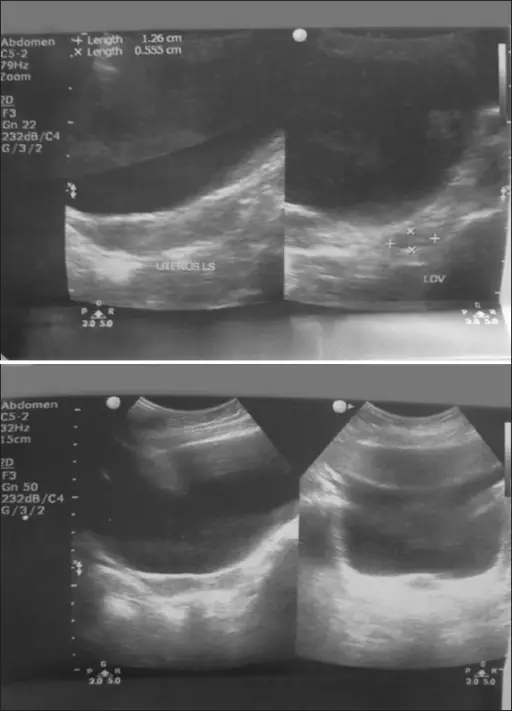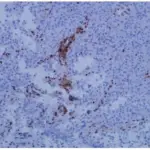Hypogonadism is a syndrome in which the testis or the ovaries produces little or no hormones.
What is the Pathology of Hypogonadism?
The pathology of hypogonadism is:
-Etiology: The cause of hypogonadism is CNS disorders, genetic causes, congenital disorders, acquired disorders (hyperprolactinemia, Cushing syndrome) and Klinefelter syndrome.
-Genes involved: KISS and GNRH1, TAC3 and TACR3.
-Pathogenesis: The sequence of events that lead to hypogonadism, result from the incapability of the hypothalamic LHRH pulse creator and/or incapability to pituitary responding with LH and FSH secretion. Interruption of the hypothalamic-pituitary-gonadal axis. Gonad does not produce sex steroid adequate to overpower the secretion of LH and FSH.
-Morphology: Decreased size of gonads.
-Histology: NA.
How does Hypogonadism Present?
Patients with hypogonadism are typically common in males than females present at the age range of 15 to 45 years. The symptoms, features, and clinical findings associated with hypogonadism include libido and sexual dysfunction, hypospadias, virilization, micropenis among others.
How is Hypogonadism Diagnosed?
Hypogonadism is diagnosed through laboratory studies,
FSH and LH levels test, TFTs, prolactin levels, semen analysis, ACTH stimulation test. MRI of the brain.
How is Hypogonadism Treated?
Hypogonadism is treated through hormonal replacement.
What is the Prognosis of Hypogonadism?
The prognosis of hypogonadism is good with no surge in mortality rate.



